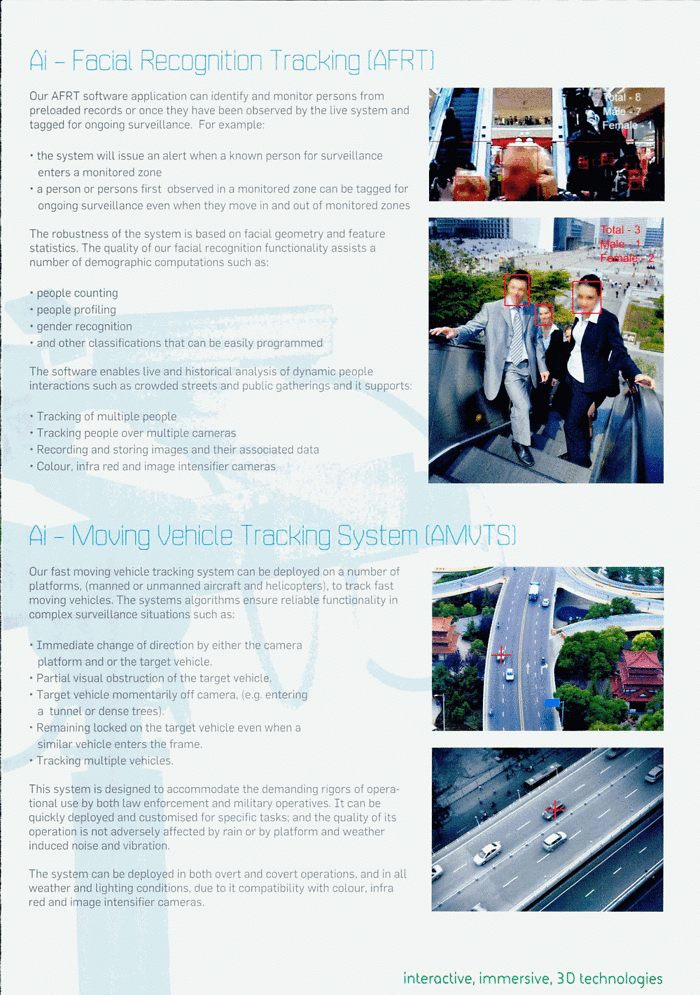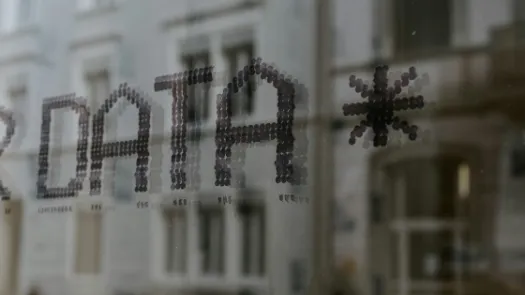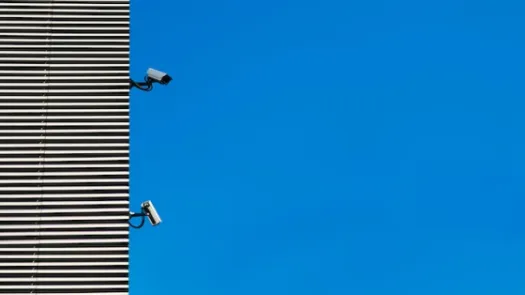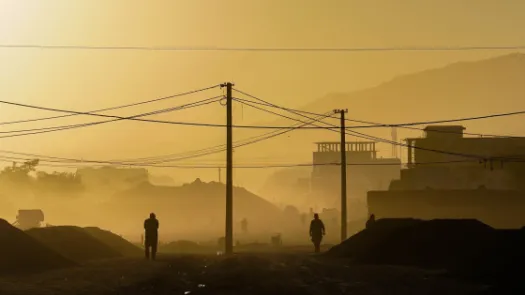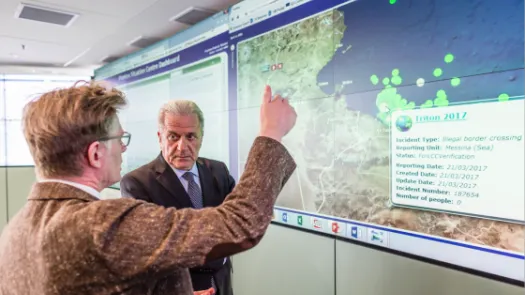Video surveillance

Video surveillance technologies are deployed in public and private areas for monitoring purposes. Closed-circuit television (CCTV)– a connected network of stationary and mobile video cameras– is increasingly used in public areas, private businesses and public institutions such as schools and hospitals. Systems incorporating video surveillance technologies have far greater powers than simply what the camera sees. Biometric technologies use the transmitted video to profile, sort and identify populations through facial recognition software. The dangers posed by biometric technologies will become more salient as the quality and range of video surveillance technologies increase. Three-dimensional video cameras have reduced the distorting effects of light on faces and have allowed for precise skin texture analysis. Such developments in video technology will undoubtedly be applied in contexts that are beneficial. However, the egregious capabilities enabled by the improved technology must be of primary concern before rushing to implementation.
Video surveillance technologies also enable location monitoring. The low cost of cameras paired with the trend of expanding CCTV capabilities in times of domestic security concerns has created an urban environment rife with instruments of mass surveillance. Tracking how a target moves throughout the CCTV network and all associated actions– who they speak to, which events they attend and which appointments they have– has become simple. The effects and dangers of normalised video surveillance must be understood as the pervasiveness of video surveillance technologies continues to increase.
Video surveillance technologies include video transmitters, video receivers and video transceivers, which transmit and receive video. Video receivers are usually paired with a retention system that stores the video sent by the video transmitter. Data retention laws for captured videos vary widely between CCTV operators and individual policies are seldom indicated when entering a new CCTV network. Video transmitters can be wired into a network or operate wirelessly.
Concealed cameras can be embedded in clothing or placed in household objects for surreptitious surveillance. Cameras have become so concealable that the fiction of spy films has now become reality. Cameras concealed in drink cans and tissue boxes and embedded in ties and bricks are routinely sold and used in the real world.
Drones, or unmanned aerial vehicles (UAVs), are aircrafts without a human pilot aboard. They are capable of autonomous flight by being controlled by on-board computers or piloted from a distance by a human operator. Drones range in size from 9-inch wingspans to the size of commercial airplanes. This ranging size allows drones to be highly customisable for a variety of surveillance practices. Drones can be equipped with powerful lenses that allow for surveillance from afar, IMSI catchers to intercept mobile communications, radar technologies to track the location of targets and follow their movement and biometric recognition technologies for population profiling. Drones multiply the capabilities of these surveillance technologies due to their flexibility of movement, covert mode of operation and low cost. The chilling effect that these capabilities have on privacy and human rights has not been adequately considered before deploying surveillance drones. Since 2010, The United States Customs and Border Protection agency (CBP) has deployed drones that patrol the entire southern border and sometimes fly into Mexico with the aim of gathering drug trafficking information. CBP has made these Predator drones available to local and federal law enforcement agencies without any public disclosure. Greater transparency in the operation of drones is urgently required, yet the capabilities, ownership, location and data retention laws of individual drones continue to be shrouded in secrecy and unavailable to public.
